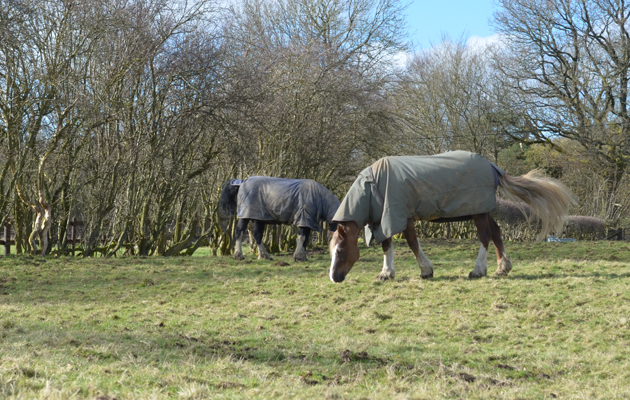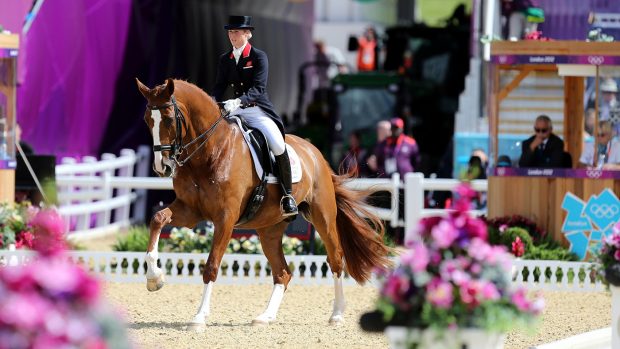The whip, euthanasia and the ethics of using horses in sport at all are among the big-hitting headlines from a new racing welfare strategy, which was released in London this morning (Thursday, 20 February).
The five-year plan, created by the cross-industry Horse Welfare Board, has racing at its core — but the ripple effects are going to have an impact the wider equestrian world, from breeders to those who take on former racehorses at the very least.
It is hoped the strategic welfare plan will serve as a “blueprint” for thoroughbreds before, during and after their racing careers.
It has four aims. These are the best possible quality of life, lifetime responsibility, best possible safety and the growth and maintenance of trust.
“The horse is at the core of our philosophy and purpose and our vision is one the industry should be inspired to attain,” stated independent chair Barry Johnson in his introduction.
“It ensures that, during the whole lifetime of the horse, all facets of its welfare are scrutinised, understood and, where possible, improved.”
The board, which is not part of the British Horseracing Authority (BHA), has made 20 recommendations to the industry.
One is for immediate consultation on an increase in penalties for breaking whip rules, with a timeframe for the review of these penalties“as quickly as possible and ideally by the end of October”.
Fines and suspensions, prize money sanctions and possible disqualification are among the areas the board would like the consultation to cover. It also cites whip action offences (use over shoulder height), modification and repeat offences as where the greatest deterrents are needed.
The board also encourages the BHA to “gather views and potentially consider”whether to ban or retain the whip for encouragement, or change the rules to place further restrictions on the use of whip for encouragement, for example, reduction in number of permitted strikes, or restricting use during particular stages of a race.
“This is a matter of public trust,” said Mr Johnson. “We’d like people, especially those unfamiliar with horses, to understand and accept what’s necessary for our jockeys to race safely in a fair sporting competition.
“It’s not about taking away the whip. Anyone who’s ridden a half-ton horse knows you need to be able to exercise control for the safety of horse and rider. This is about what should be allowable under our rules and how we penalise misuse to keep breaches to a minimum.”
There are likely to be trickle-down effects to the wider equestrian world – not only for those involved in thoroughbreds’ lives before and after racing, but those in other disciplines.
One of the 20 recommendations is for a code of ethics, which is for “racing to develop and communicate an ethical case for racing” with the potential for this to be “developed with other sports as a ‘sport horse charter’.”
Continues below…

Why racing and horse sport need to work together *H&H Plus*
The British Horseracing Authority has commissioned a project to develop a welfare and wellbeing assessment to identify factors that contribute

‘We must let horses be horses’: charity’s welfare warning
‘There are those who pamper their animals, over-feed them treats, keep them in stables all day and pile rugs on

Subscribe to Horse & Hound magazine today – and enjoy unlimited website access all year round
Euthanasia is another recommendation area that will have knock-on effects. The board called for the development and implementation of a “single euthanasia code covering the whole industry”, including breeding, pre-training, sales and aftercare.
Continuing the work on safer hurdle design and obstacle visibility is also on the list, which will involve continuined work with British Eventing, racecourse representatives, the BHA and RSPCA.
Ground and going improvement, responsible breeding, improved accountability in non-regulated sectors, improved data collection in certain areas (medication, predictive risk modelling and traceability) and taking the lead on promoting the welfare of the horse are also among the recommendations.
For more on the Horse Welfare Board’s strategy, including reaction and what it is going to mean for equestrians, sign up to H&H Plus.
Would you like to read Horse & Hound’s independent journalism without any adverts? Join Horse & Hound Plus today and you can read all articles on HorseandHound.co.uk completely ad-free





